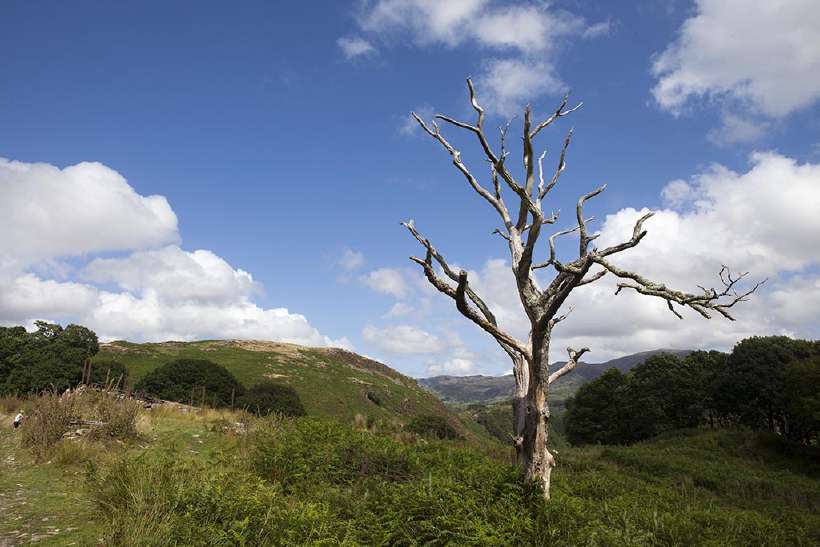The Tree is an Invisible Heater
Home / Science for Kids / Planet Earth for Kids / The Tree is an Invisible Heater
Have you ever noticed that bare winter tree in your garden, in the park or in school? Without leaves the tree looks so cold and dry, but surprise of surprises, it keeps the grass below warm. So much so that the tiny blades never get any frost on them.
In contrast, grass in parks without trees to protect them are usually in white frosty disguise in winters. Why is that so?
You would never believe it but that leafless tree acts like a heater to the grass below. It would not be so surprising if we knew that everything on this earth gives off heat or light energy in the form of waves.
The energy of light travels in different kinds of waves in space. And while we can see some forms of light with our eyes, there are many other kinds, such as infra-red rays, ultraviolet rays or microwaves, that are not seen by the naked eye.

Whether we can see one kind of light and not another is dependent on two things – how many times does the wave rise and fall in a second, called frequency, and the distance between one rise and another, or one fall and another, or wavelength. The light, which we see, is made up of the colours of the rainbow. We cannot see infra-red rays because it has a bigger wavelength than the colour red and that is the light that the tree gives off.
Just as the tree with its infra-red rays gives heat to the grass, the grass does the same thing to the tree, and they both remain warm in winter. But in wide open areas though the grass gives off infra-red rays, there are no trees to catch that heat and return it to the grass. So the grass catches a chill and gets frost all over it.
Had the human eye been able to see the different kinds of light energy that a tree gives out, it would have always seemed like it was lit up for Christmas!
353 words |
3 minutes
Readability:
Grade 6 (11-12 year old children)
Based on Flesch–Kincaid readability scores
Filed under: planet earth
Tags: #trees, #waves, #wavelength
You may also be interested in these:
The Colours of Light
The Girl who Taught the World to Weave
Mad Mango
Seasons in a Tree’s Rooted Life
Why are Human Voices Different?